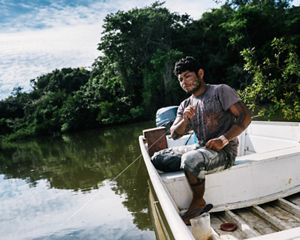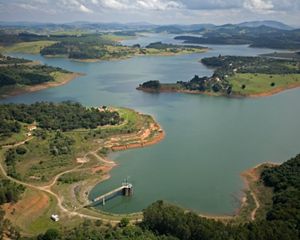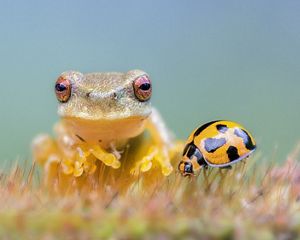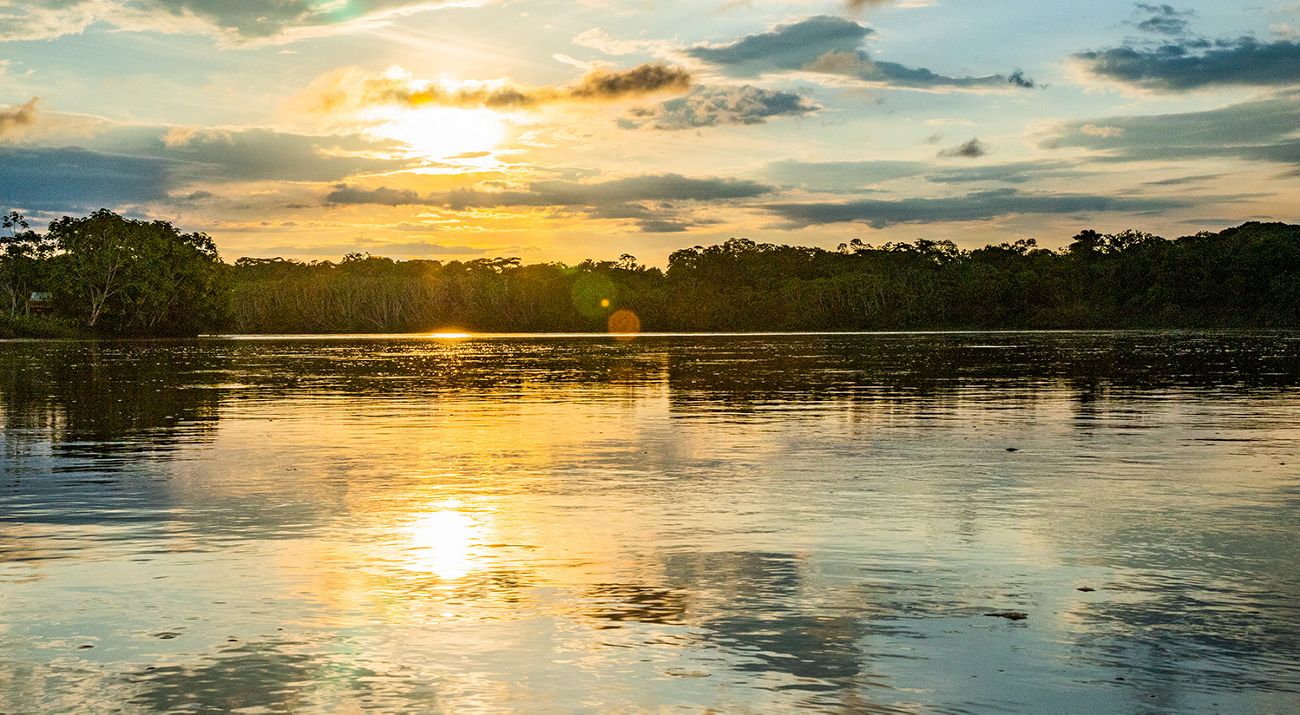
The Amazon Approaches Its Tipping Point
The world’s largest tropical rainforest is turning into a savanna—preventing further destruction requires urgent, multisector action.
Everything is interconnected. In the Amazon—which spans an area comparable to the contiguous United States—there are no spare parts, so it is not a matter of focusing on a specific area or certain species. Natural cycles are being altered, tipping a delicate balance that affects local, regional and even global levels and getting closer and closer to a point of no return. At the current rates of destruction, that’s 20 years away at most.
Here's how things should run: The humidity comes from the Atlantic Ocean. Once it reaches the forest, it rains. The roots of trees and plants absorb water, which sticks to the surface of the leaves. Then the trees generate more moisture, and the water that fell as rain returns back to the atmosphere. It rains again, the roots absorb the water, and again it evaporates. Aptly named, the rainforest produces at least half of its own rain.
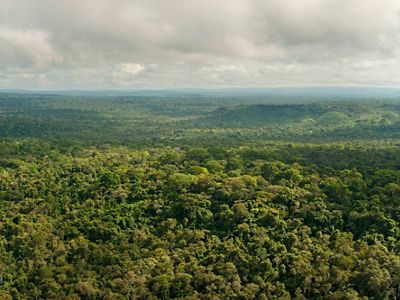
And that’s how, as author Craig Welch put it, a "giant river in the sky" forms. The resulting precipitation supplies water to nearly every country on the continent—that is, a region that generates 70% of South America’s GDP, according to The Nature Conservancy (TNC).
“From a climatic point of view, losing the Amazon would be disastrous, and not only for us,” says Thomas Walschburger, senior science advisor for TNC’s Colombia program. “In addition to the large amount of water the rainforest produces, the Amazon influences the circulation of air masses, affecting rain patterns not only here in South America, but also in North America. Many places in the world depend heavily on these rain patterns."
When trees are cut down, fundamental ecosystem services such as the regulation of the water cycle are lost—directly affecting the water supply for millions of people. The carbon cycle is also disrupted, giving rise to increased carbon dioxide emissions that ultimately contribute to global warming.
"If the dry seasons intensify, and we also have more intense summers, these humid forests will also disappear,” Walschburger says. “They would not only be lost due to deforestation but ultimately due to climate change itself.”
Quote
Natural cycles are being altered, tipping a delicate balance that affects local, regional and even global levels and getting closer and closer to a point of no return.
Of course, such destruction would put a significant number of plant and animal species in danger, too—let’s not forget the Amazon is home to 10% of the world's biodiversity. Here we observe a manmade cycle: when forests are razed, predators that keep pests or herbivores in check may disappear. Birds and pollinating insects move on.
Fewer plants, less rain, more carbon emissions, more droughts, less water—it all affects nature’s delicate balance, threatening our own health and quality of life. Everything is connected. Every action has a reaction.
In the February edition of Science Advances, Professors Thomas Lovejoy, senior fellow of the United Nations Foundation, and Carlos Nobre, climate scientist from the Institute of Higher Studies of the University of São Paulo, warned that the loss of just 20 to 25% of the rainforest could send the Amazon to a point of no return, marking an unstoppable transition to a drier, savanna-like ecosystem.
Edenise Garcia, science director for TNC’s Brazil program, carried out a study to estimate how close the Amazon is to that tipping point. Her analysis was focused on forests, leaving out rivers in the Brazilian and Andean Amazon and concluded that, on average, 14.2% of the forest has already been lost. If the current deforestation rate persists, we would reach the aforementioned tipping point in 2039.
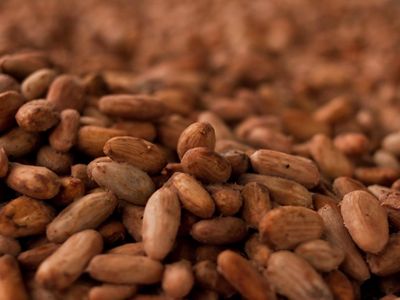
It’s clear that this situation calls for urgent action involving cooperation between both the public and private sectors, as well as civil society.
There are already some solutions being implemented under the principle that nature and people can thrive together. For example, in São Félix do Xingú in the Brazilian state of Pará, TNC supports a project called Cacau Mais Sustentável. One of its objectives is to assist local farmers in adopting more sustainable practices, such as planting native cocoa trees in previously degraded lands to avoid further deforestation. Such agroforestry systems entail planting crops and native trees side by side to reforest degraded lands.
TNC and the Amazon Conservation Team (ACT) are also implementing an agroforestry project in Colombia’s Caquetá region, a deforestation hotspot in the Colombian Amazon. With funding from the German environment ministry’s Climate Initiative (IKI), the project promotes intercultural dialogue and collaboration between rural farmers and Indigenous communities, whose ancestral wisdom and culture is essential to preserving the lands.
Of the many reasons to dedicate oneself to the conservation of the natural world—not least the cycles of air, water and carbon that make life on Earth possible—Professor Walschburger makes his clear: "Because nature is sacred.”
Originally published in Semana Sostenible
July 31, 2020
Global Insights
Check out our latest thinking and real-world solutions to some of the most complex challenges facing people and the planet today.
